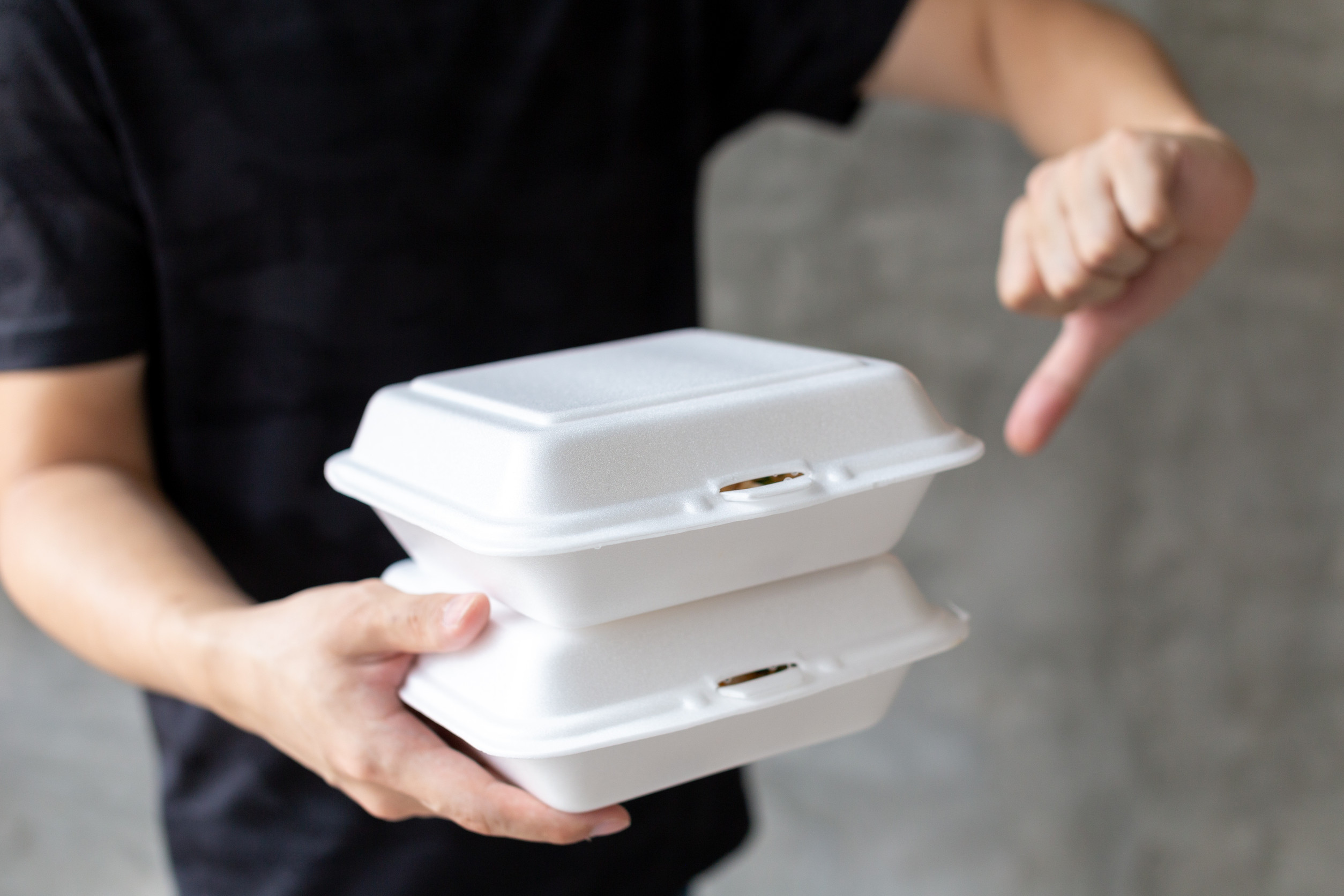Summertime often equals campfires and BBQ parties. However, what serves as a luxurious and enjoyable pastime for the lucky few, is actually serious health-hazard for most. Globally, over 4 million people die every year from household air pollution mostly due to cooking over burning wood, animal dung or charcoal. To paint a grim picture, the average wood-burning stove can produce 400 cigarettes’ worth of smoke every hour. Besides abundant health issues, this widely used practice has other detrimental side effects as well such as deforestation and pollution. The solution: SolSource, the solar powered cooker…
Nearly ten years ago, Wellesley College sophomore Catlin Powers and MIT student Scot Frank teamed up in the Himalayas. Describing her work in climate change to locals as “research about smoke in the sky”, Powers was asked why she was looking into outdoor pollution when the skies outside were blue while inside the huts, the air was heavy and smoky. It seemed like a legitimate point and Powers reached out to Frank who was teaching at a Chinese university at the time and was helping students with engineering projects that would improve their communities.
In their partnership, SolSource was born. SolSource is a solar powered cooker that allows people to cook their food – but also produce heat, electricity and even purify water – using only solar power.
A portable stove that can survive the Himalayas has to be very well designed as local women need to be able to carry it around (read: lightweight) but at the same time it needs to be very sturdy in order to withstand both extreme weather conditions and the occasional run-in with animals.
Back in 2010, SolSource won the Postcode Lottery Green Challenge competition, giving Frank and Powers the resources to research, develop and innovate their product further until they were ready to release it in 2013. The result: something that looks like a satellite dish with a pan in the middle, which can cook a perfect steak in less than 7 minutes.
SolSource has reduced the use of biomass fuels on the Himalayan plateau by 70%, which besides the obvious health benefits, has many other positive side effects as well. Girls, for example, are often in charge of collecting fuel sources keeping them out of school on most days. Less need for wood or animal dung thus means more time spent in the classroom.
The upside is that in most places where wood-stoves are common, sunlight is also plentiful, the downside is that the SolSource cooker doesn’t have the ability to store energy yet, meaning it can only be used in direct sunlight. The next step is to develop a battery that can fix this problem.
Even the world of summer BBQ parties has embraced solar cooking. In December 2015, the reality TV show “Top Chef” challenged its chefs to a solar cooking competition using SolSource stoves. Impressed, many of them brought stoves back to their restaurants to explore solar cooking further.
Have you thought of the next big sustainable idea and do you have the entrepreneurial drive? Sign up for the Postcode Lottery’s Green Challenge 2016 for the chance to win $570,000 (€ 500,000)!












